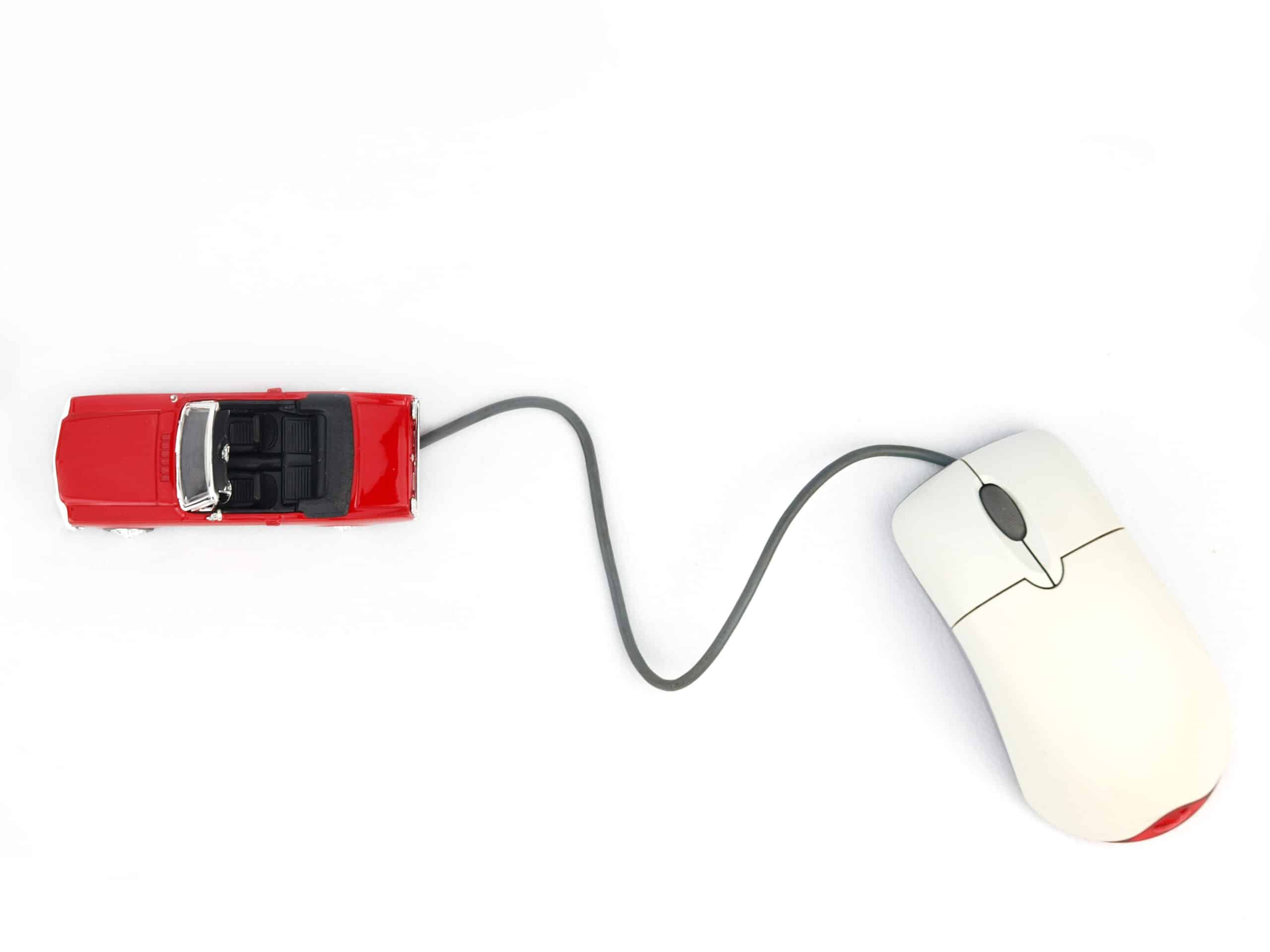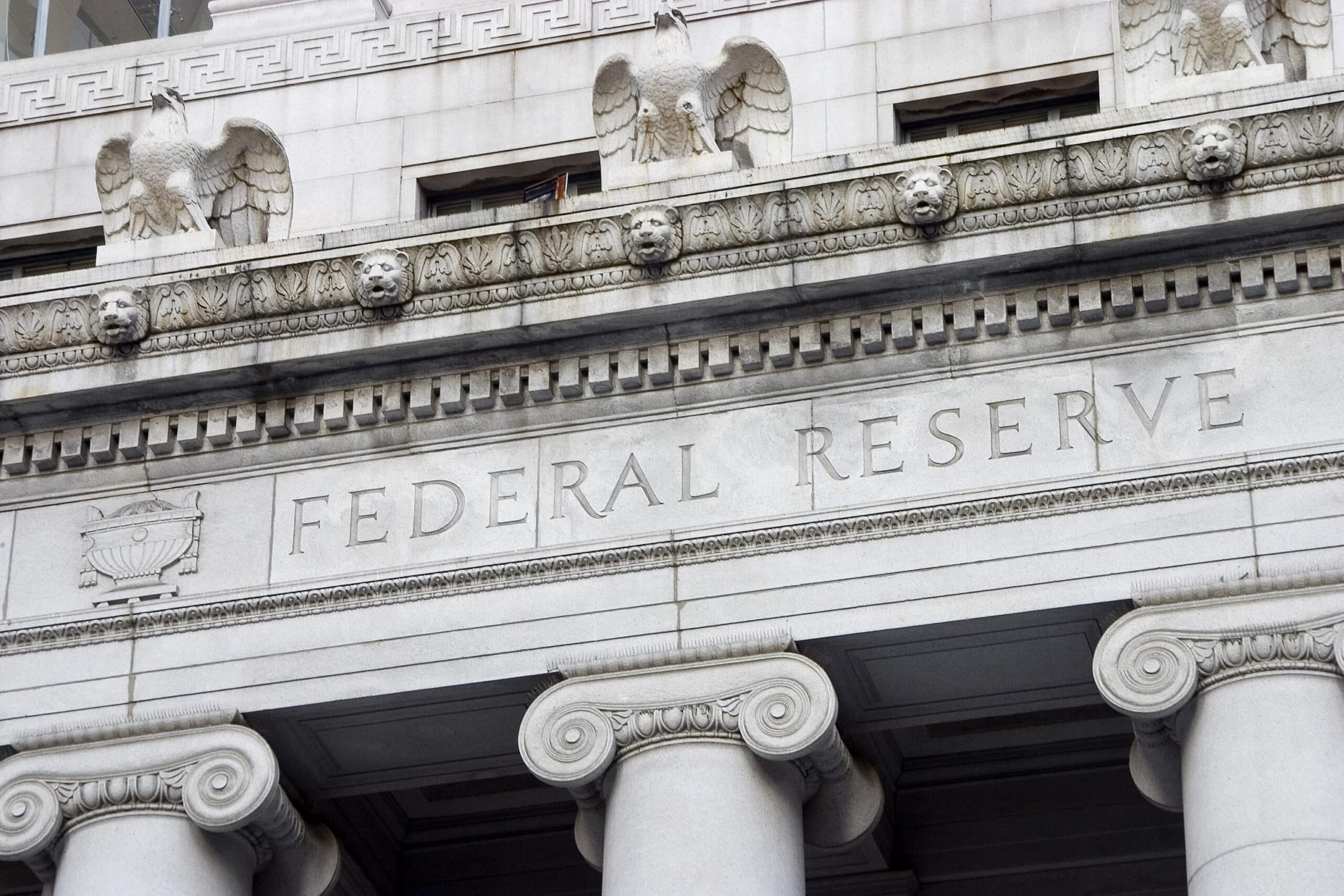Collateral Drifting for U.S. Prime Auto ABS, Fitch Says
Risk appetites are on the rise.
It may come as no surprise that since 2011, auto finance company risk appetites have increased since the days of tight lending standards seen post-recession.
The growing hunger for business has led to some slippage not only in subprime, but in prime auto ABS Fico scores. Nonetheless, overall scores remain strong, well above 2007 and 2008, according to a new report from Fitch Ratings called “In the Rear View Mirror; Collateral Drifting U.S. Prime Auto ABS.”
“Collateral is weakening marginally for prime auto loan ABS, though it’s important to point out that this is coming off of the exceptionally strong loan quality that we saw between 2009 and 2011,” Bradley Sohl, senior director, Fitch Ratings told Auto Finance News in an email note.
While citing all the expected symptoms — a slight weakening of collateral trends, downward shifting credit quality, underwriting that allows for increasing obligor leverage, a demand for lower payments which has led to lengthened terms, and a higher concentration of used vehicles — Fitch maintains a stable performance outlook for prime auto ABS.
Sohl explained that competition and a greater willingness of some prime auto lenders to lend to subprime borrowers is leading to slightly riskier loan attributes, hence some movement of prime auto ABS collateral quality back toward pre-recessionary levels. Finance companies are also catering to consumer demand for low monthly payments by extending loan terms, namely loans with terms greater than 60 months.”
The report also said that, despite subprime collateral remaining a relatively small percentage of prime ABS pools, it compromises a large percentage of expected defaults and, ultimately, losses. Fitch said as exposure to subprime collateral rises, Fitch’s base case loss expectations will likely rise, which in turn could lead to the need for greater loss protection to achieve comparable ratings.
Sohl said competition and a greater willingness of some prime auto lenders to lend to subprime borrowers is resulting in slightly riskier loan attributes, thus leading to prime auto ABS collateral quality drifting back toward pre-recessionary levels.
















